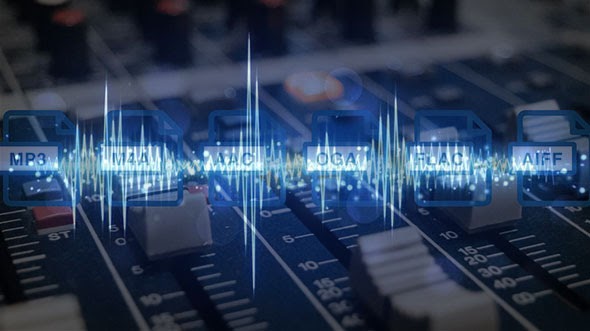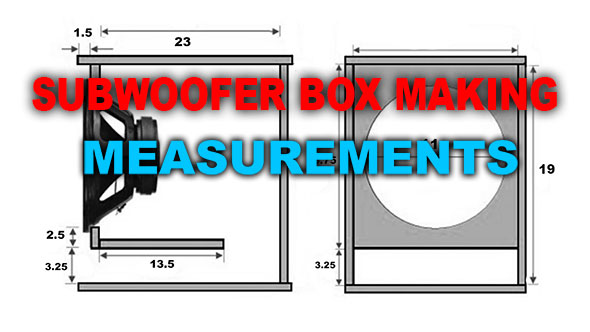For best Audio Clarity what else to be considered in Audio files?
If you're into music and audio clarity, it might seem like they were just away too many audio formats to choose from.
Different audio formats make things more optimized for different types of users.
Electronic music artists, home theater enthusiasts or just straight-up base hits.
Audio clarity and formats
Let's start by looking at common formats used by average listeners MP3, AAC, and vorbis.
These all store audio using lossy compression. which means these formats are often defined by the fact that they discard some information from the original audio Source that results in low audio clarity.
BoAt AAVANTE Soundbar must be a better one for music.
Now is that like an MP3, You see, most people simply can't hear much of the information in these uncompressed audio files You'd find on a retail CD. We're talking sounds that are so low in volume, so high in pitch or so close.
In time, these sounds that the vast vast majority of people can hardly perceive them. So lossy formats just cut them out. And they also save space by using a different bit rate.
How the Audio Files are produced
You see, when a song gets digitally recorded in a studio recording equipment, takes samples of the analog Sound waves coming out of a guitar or a singer's mouth and stores them as digital bits.
The audio, you here in studio quality is typically stored in a bit rate of 1411 kilobits per second, but lossy compression discards a lot of these bits to make the file often many times smaller and that too results in low audio clarity.
For example, a four-minute uncompressed song that takes up about 40 2. Megabytes would only be about eight megabytes as a relatively high, quality 256 kilobits per second and although MP3 is probably the most familiar loss Format.
Others are widely used for different reasons, such as AAC, which pitches higher quality at lower bit rates due to a fancy compression algorithm.
but some aren't satisfied with the level of quality you get with lossy audio, especially audiophiles, who want to get the most out of their high-end headphones and speakers and instead they turned to formats like .FLAC or Or .ALAC which offer lossless compression.
These files contain all of the original audio data. but with smaller file sizes, if that sounds like magic, it's some of the best files that gives better audio clarity.
Compression and Audio Clarity
compression is accomplished by looking for ways to more efficiently store redundant data.
So this string would be expressed this way instead and by predicting what sound should come next? Lossless codecs can store only the difference between the predicted
And the actual data which takes up much less space and because formats like FLAC and a ELAC are specifically designed for audio.
Much more than general-purpose compression schemes like Zip. In fact, a typical audio file with lossless compression will only take out about half as much space as an uncompressed equivalent.
And if you're wondering about the difference between flac and a elac, you'll need to use the ladder if you want to listen to lots of music.
Conclusion
And yeah, that's about it. But there are also other lossless codecs like Dolby truehd and dts-hd master audio for both home theaters and commercial multiplexes that have proved popular with movie studios.
So, look out for these logos when you're out buying Blu-rays, if you're a home theater enthusiasts, even more interesting is Dolby Atmos.
Which Imports each sound in a movie soundtrack spatially meaning. It can scale to a huge number of speakers.
Because the audio is mapped in space. Instead of being coded for just one speaker.
But despite the popularity of compressed formats keeping audio and uncompressed form does have its advantages.
Uncompressed files stored in wave or AF format are not only compatible across a huge range of devices because they undergo very minimal processing from the original audio signal.
but they also contain all of the information that was originally converted from From analog to digital.
That's easier for audio editors and creators to fine-tune as much as they've liked all that being said.
at the end of the day, if you just like listening to music, pick a format that you think sounds good or whatever the format the music already comes in.
because their library is full of a hundred and twenty-eight kilobyte rips.
Here are 5 tips to increase subwoofer bass





0 Comments